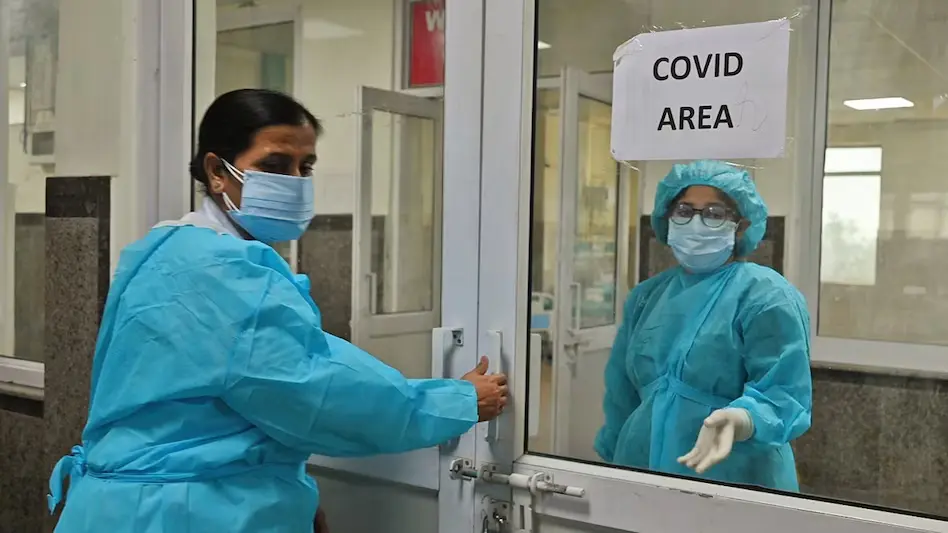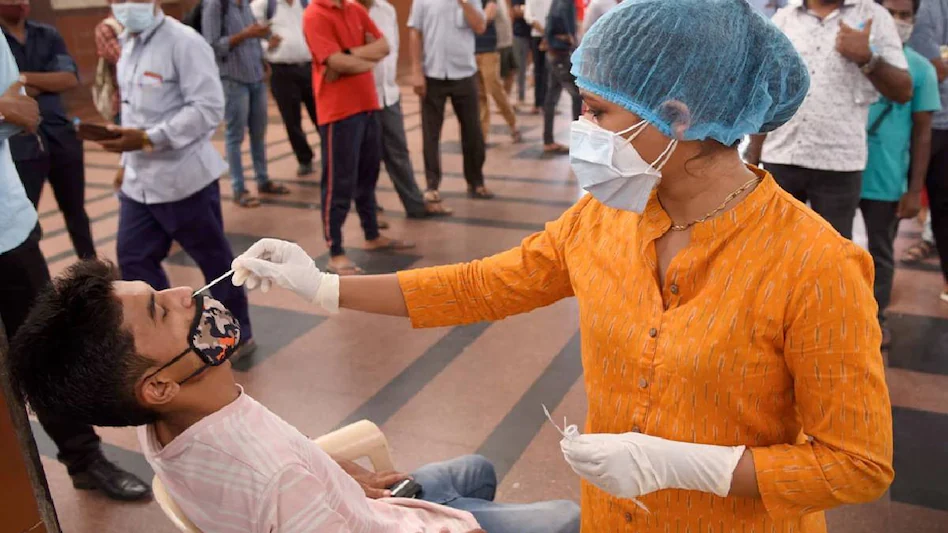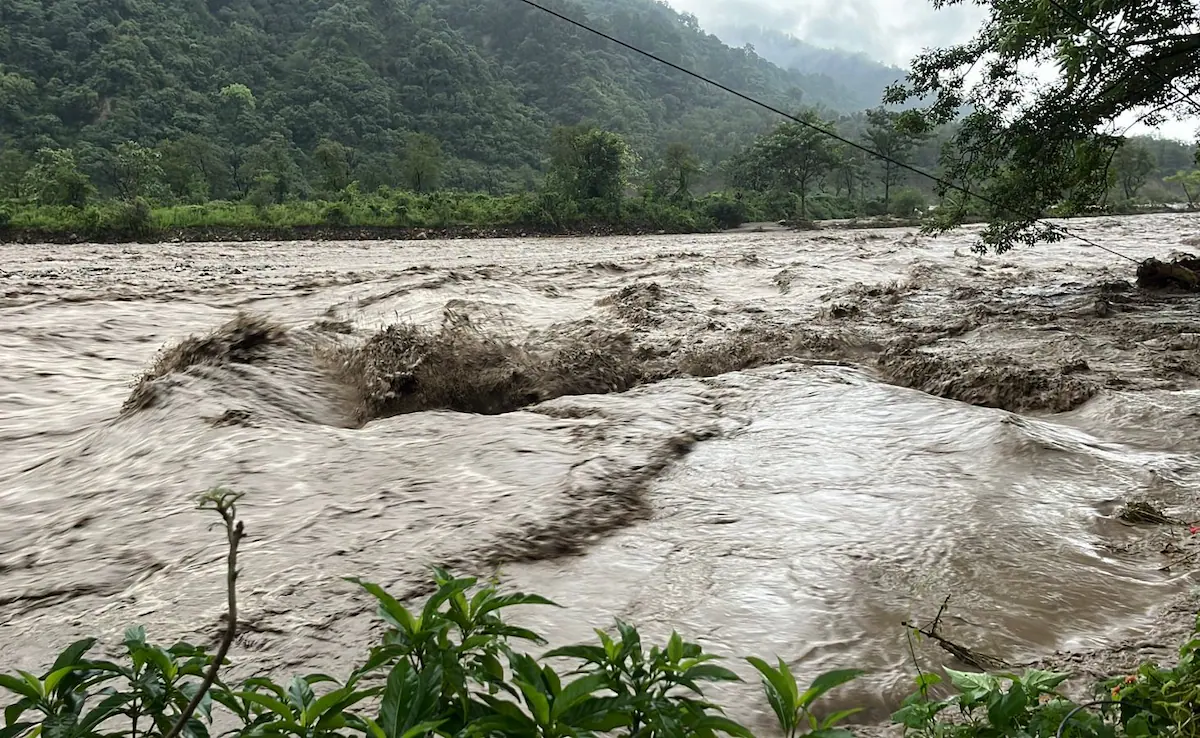COVID-19 Update May 2025: State-Wise Cases in India and Safety Tips to Stay Protected
As India navigates through 2025, COVID-19 hasn’t completely disappeared. The virus continues to make its presence known, with new infections recorded in several states. The Ministry of Health and Family Welfare (MoHFW) has released the latest figures that show an uptick in active cases in specific regions, particularly Kerala, Maharashtra, and Delhi.
Current COVID-19 Situation in India (as of May 29, 2025)
According to official reports, India has 1,010 active COVID-19 cases. While this number is significantly lower than in previous waves, the recent deaths and rising cases in some states are enough to call for vigilance.
Here’s a quick breakdown of the top affected states:
-
Kerala: 430 active cases, 2 deaths reported (details awaited)
-
Maharashtra: 210 active cases, 3 deaths reported
-
Delhi: 104 active cases
-
Gujarat: 83 active cases, 14 recoveries, 1 death
-
Tamil Nadu: 69 active cases, 60 recoveries
-
Karnataka: 47 active cases, 27 recoveries, 1 death
States like Bihar, Assam, Arunachal Pradesh, and Punjab are reporting zero active cases, indicating good local control and vaccination coverage.
However, even in states with low case counts, individual responsibility remains key in preventing another surge.
Top 7 Practical COVID-19 Safety Tips
As new Omicron subvariants like NB.1.8.1 and LF.7 emerge, staying updated on safety protocols is more important than ever. Here's how you can protect yourself and those around you.
1. Stay Updated With Vaccinations
Vaccination is still your best defense against severe illness. Ensure all your primary and booster doses are complete. If you're over 60 or immunocompromised, talk to your doctor about additional precautionary shots.
2. Use a Mask in High-Risk Settings
While mask mandates have been relaxed in many places, it’s wise to wear one in:
-
Crowded public areas
-
Hospitals or clinics
-
Trains, buses, and flights
Opt for an N95 or a well-fitted surgical mask for better protection.
3. Keep Your Hands Clean
Hand hygiene remains a critical habit. Wash your hands thoroughly with soap and water or use an alcohol-based sanitizer, especially after:
-
Touching surfaces in public places
-
Coughing or sneezing
-
Handling food or packages
4. Improve Indoor Air Quality
Good ventilation drastically reduces virus concentration in enclosed spaces. If you're indoors:
-
Keep windows slightly open
-
Use exhaust fans or air purifiers
-
Avoid closed rooms for long periods with many people
5. Practice Smart Distancing
You don’t need to isolate yourself completely, but avoid unnecessary close contact, especially:
-
In crowded festivals, markets, or political gatherings
-
When someone near you shows flu-like symptoms
-
During indoor meetings without ventilation
6. Self-Monitor and Report Symptoms Early
Common signs of COVID-19 in 2025 include:
-
Mild fever
-
Sore throat
-
Fatigue
-
Runny nose
-
Dry cough
If you experience any of these, isolate immediately and get tested. Early detection helps reduce spread.
7. Stay Informed with Verified Sources
Follow real-time updates through:
-
State health department websites
-
Trusted health news portals
Avoid sharing or acting on unverified social media posts.
Why You Still Need to Be Cautious in 2025
While hospitalization rates are currently low, the virus continues to mutate. Subvariants may lead to localized spikes or affect people with underlying health issues. Even if you've had COVID-19 before, reinfections can happen — though often less severe, they still carry risks.
With travel, festivals, and daily life back in full swing, these safety measures help protect not just you, but also vulnerable individuals like elderly parents or children with compromised immunity.
Conclusion
India has made commendable progress in controlling COVID-19, but complacency can reverse that. By staying aware, following safety protocols, and looking out for each other, we can ensure the virus stays under control.
Whether you’re in Kerala, Delhi, or a less-affected region like Jharkhand, prevention is better than cure — and right now, prevention is still very much in your hands.





.webp)



